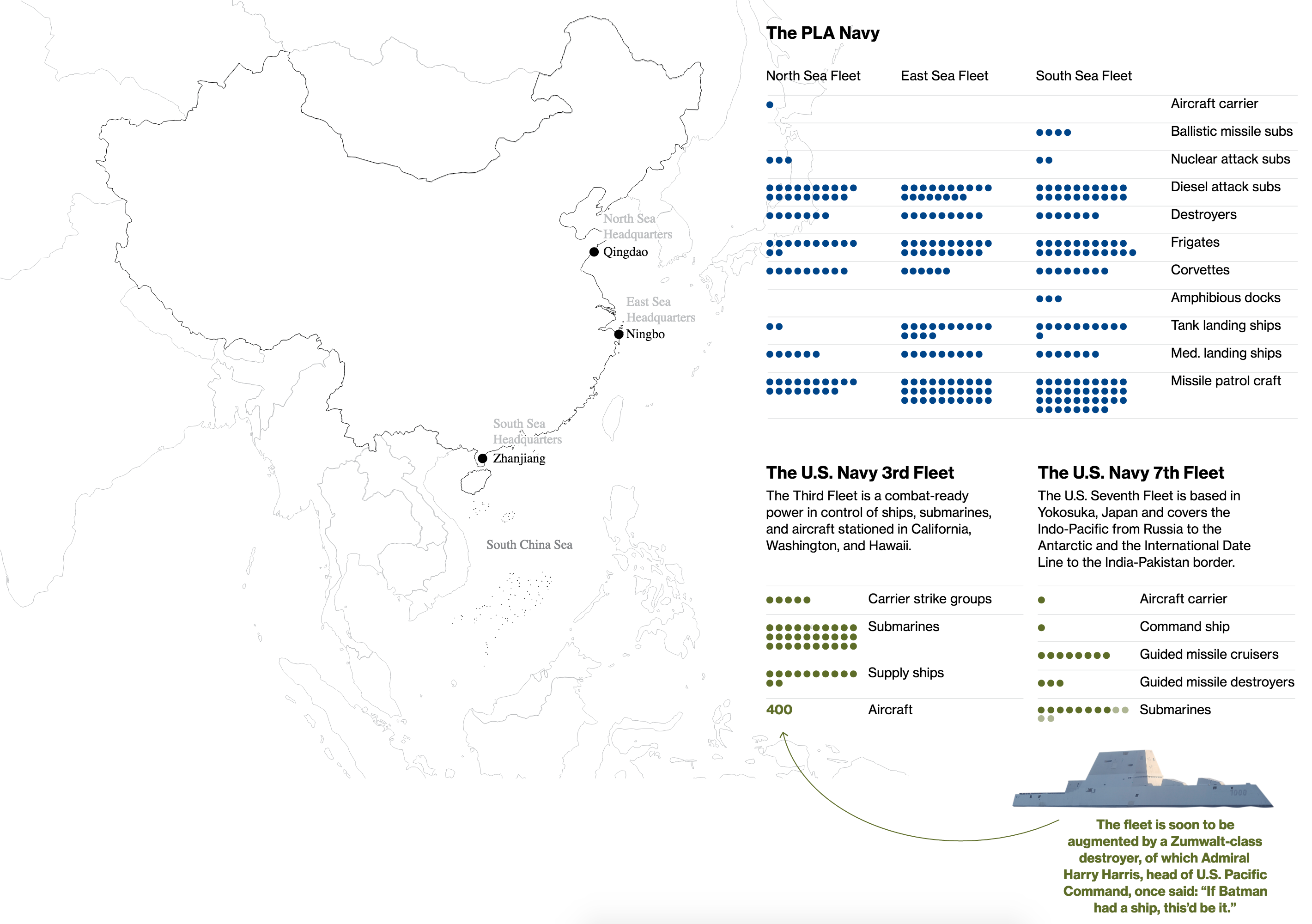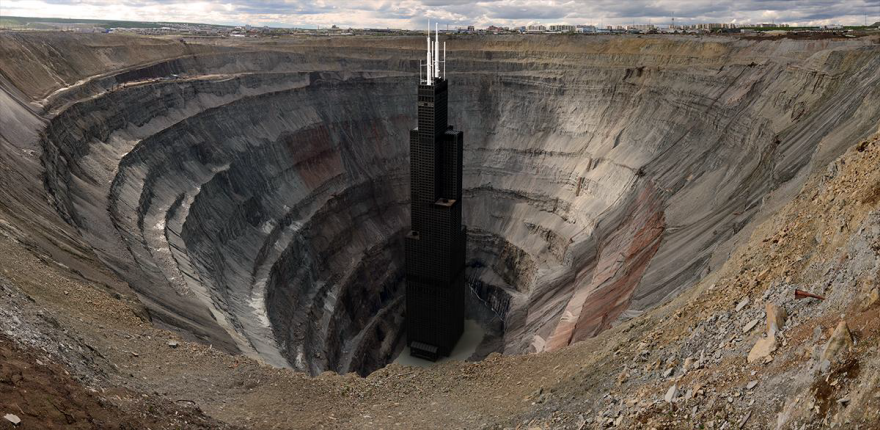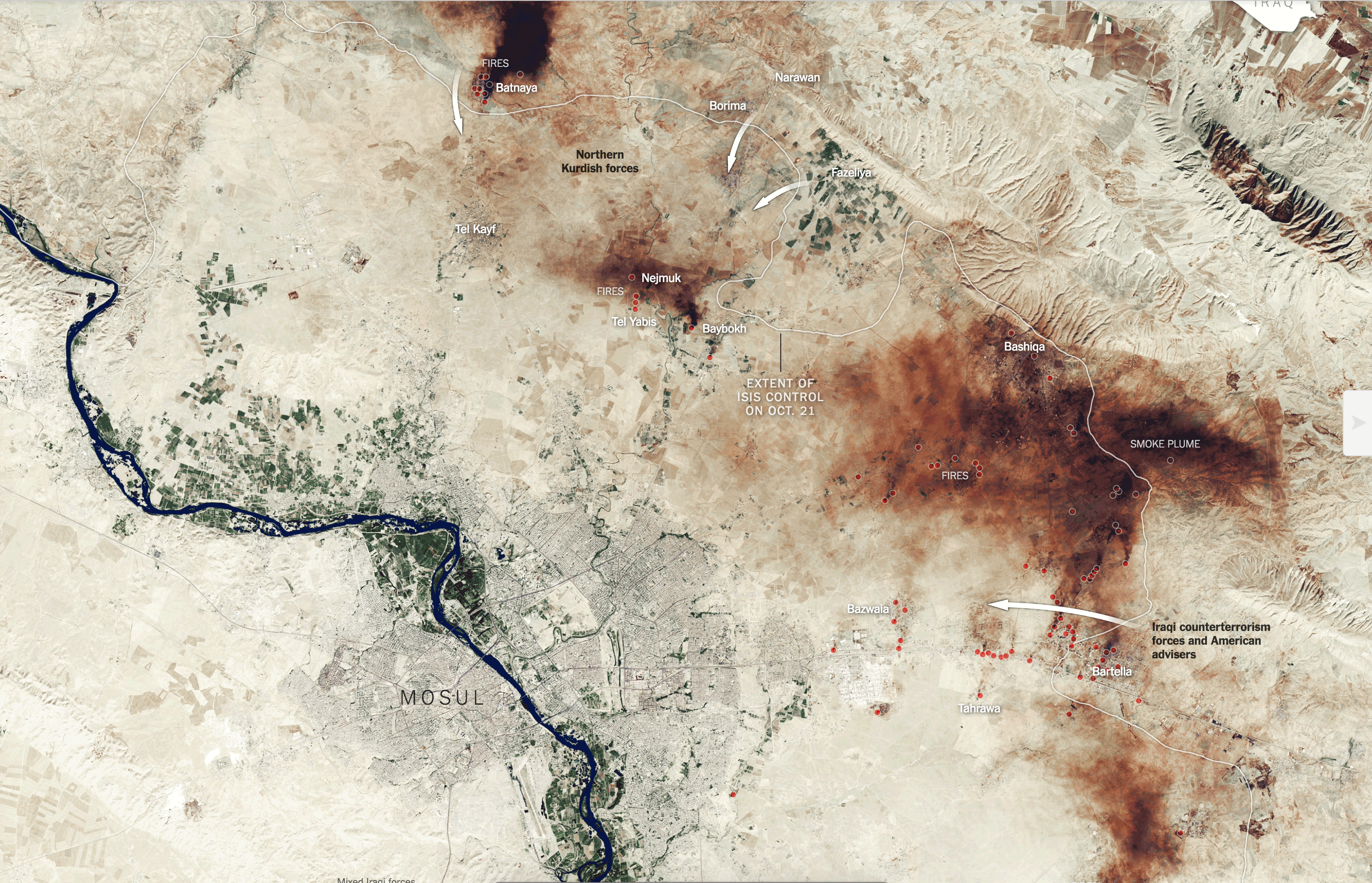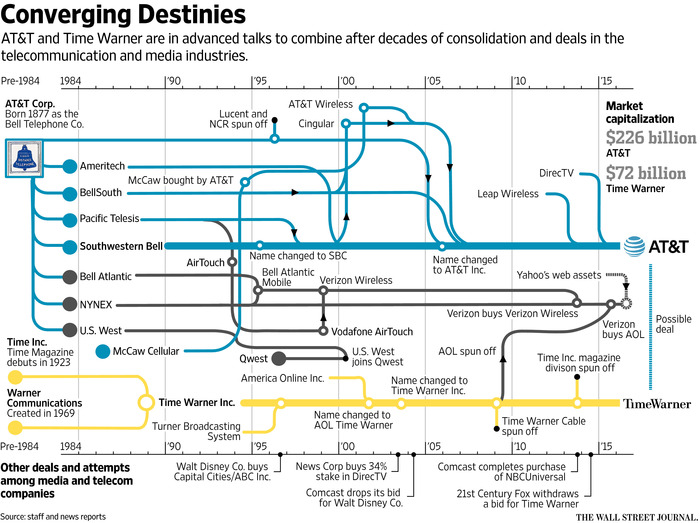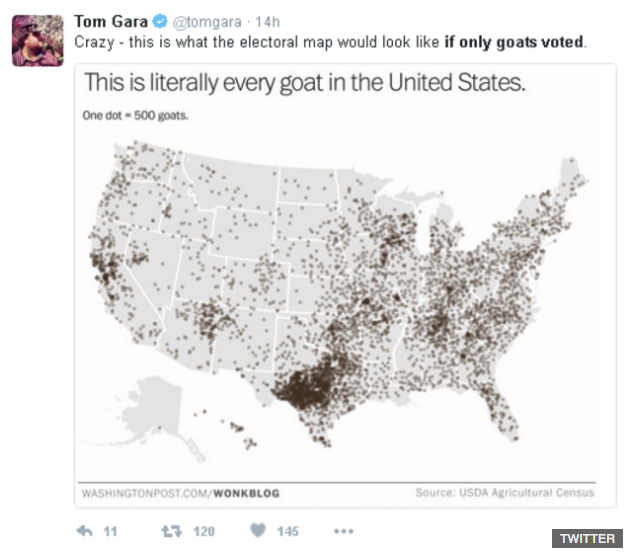Well, everyone, today you get two posts. The first and earlier (and planned) post is about polling in Pennsylvania. Relevant to those of you following the US election. But today’s post is about what trains are running in the city of Philadelphia.
If you haven’t heard, the city’s mass transit agency, SEPTA, and its primary union for workers within the city cannot come to an agreement on a contract. So…strike. And for those of you reading this from outside the Philly area, rest assured it’s just chaos right now. To put it into a wee bit of perspective, we have this graphic—actually an interactive map—of train routes in the city. And by train, Philadelphia has your standard suburban commuter heavy rail and subway lines and light rail lines, but we also make use of a number of trolley lines.
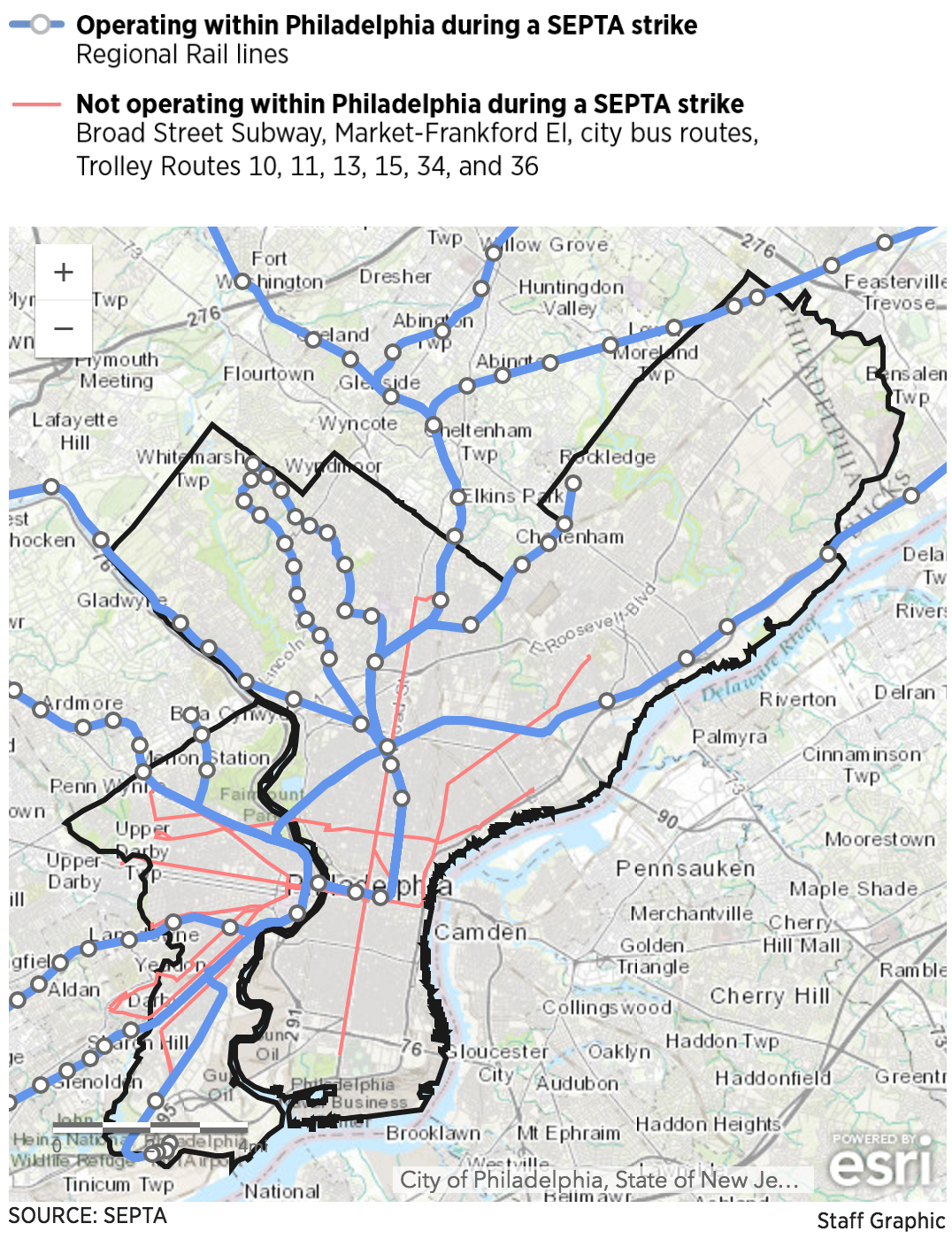
What the map does not show are the city’s various bus routes, all of which that run within the city are suspended. There are bus routes and rail lines outside the city, most notably the commuter rail or the blue lines in the map, operated by a different union that is not on strike.
Credit for the piece goes to the Philly.com graphics department.

